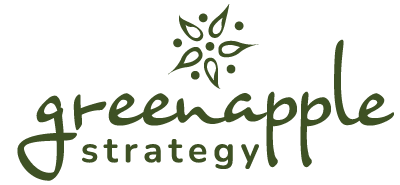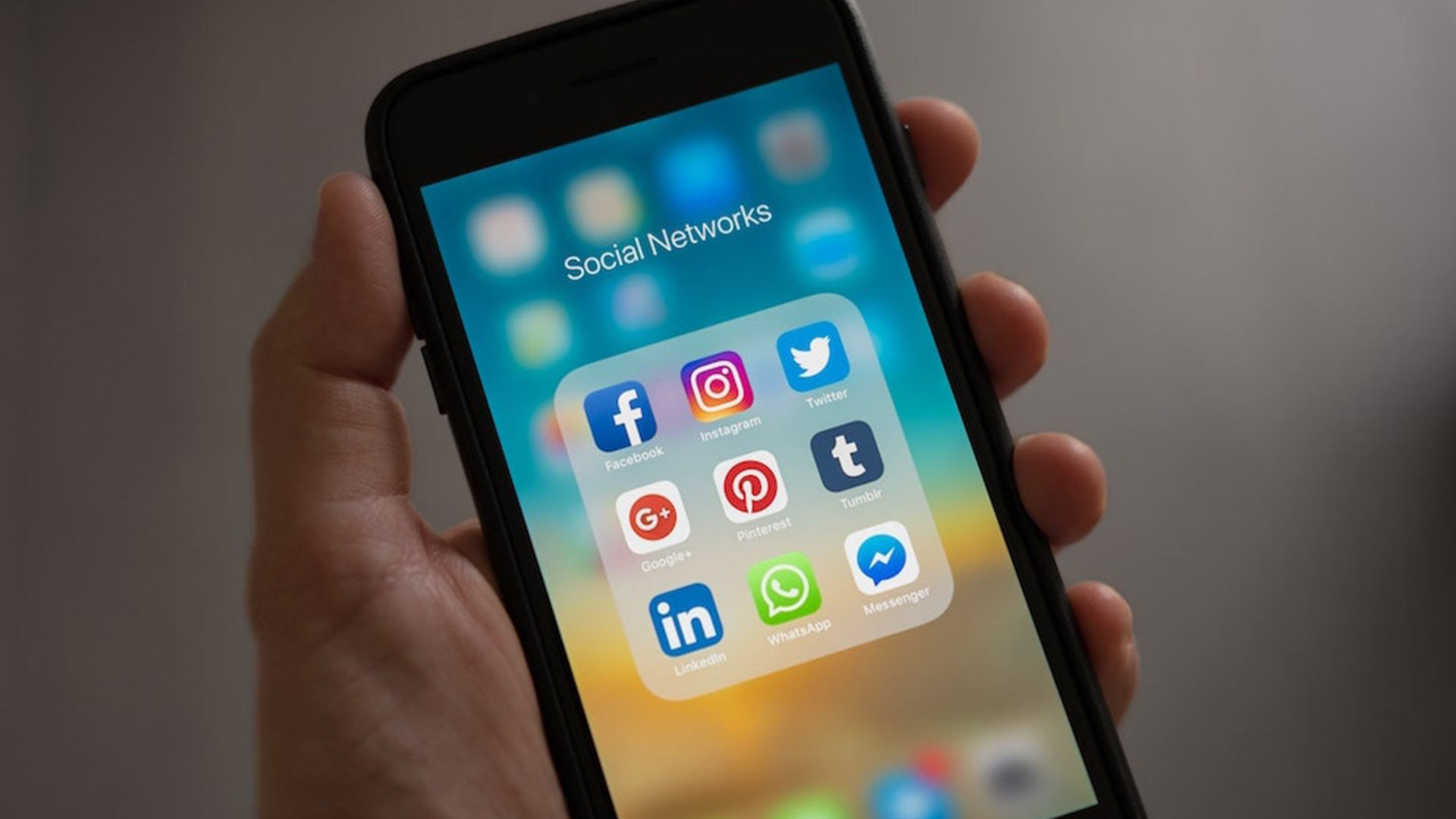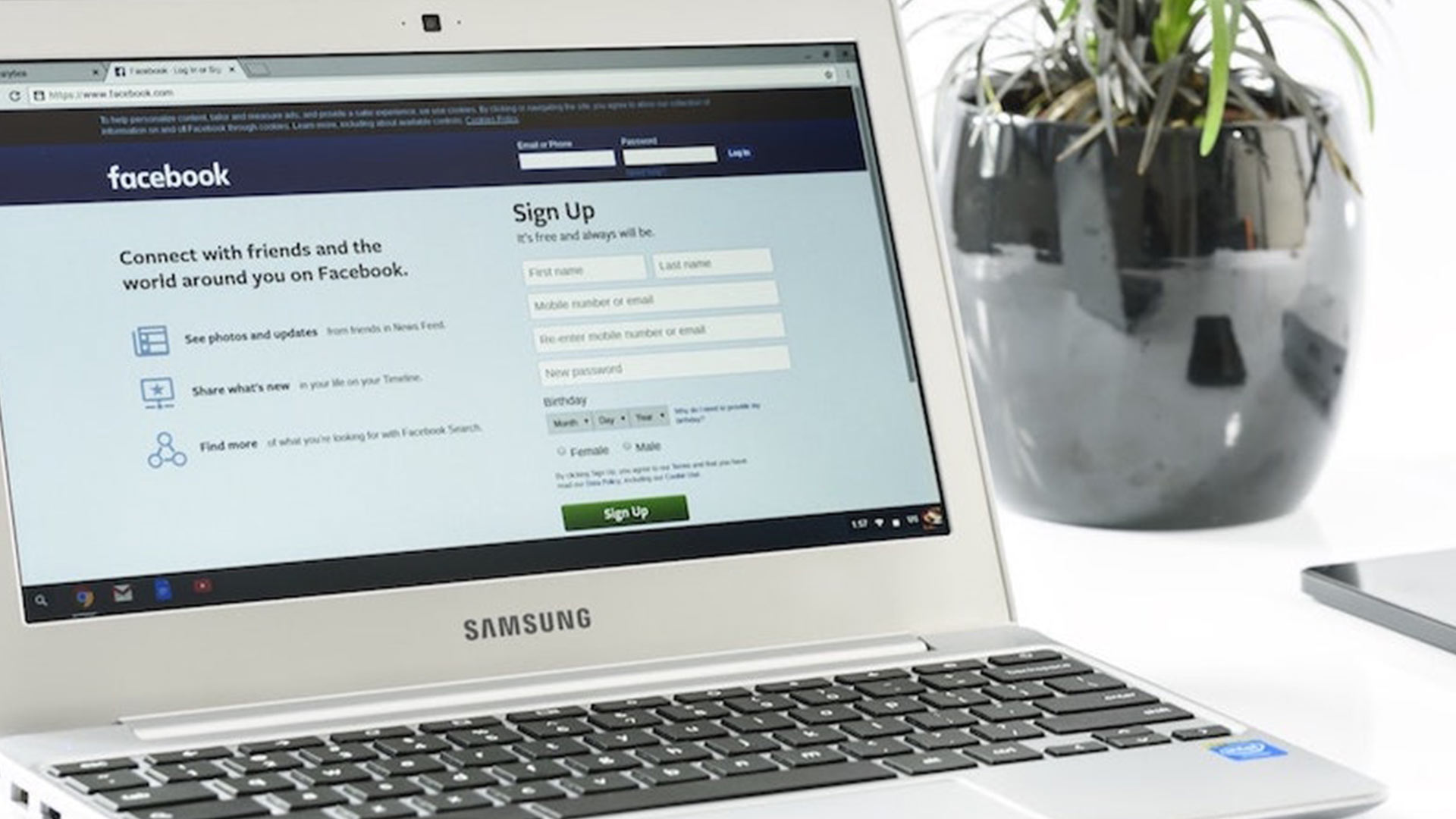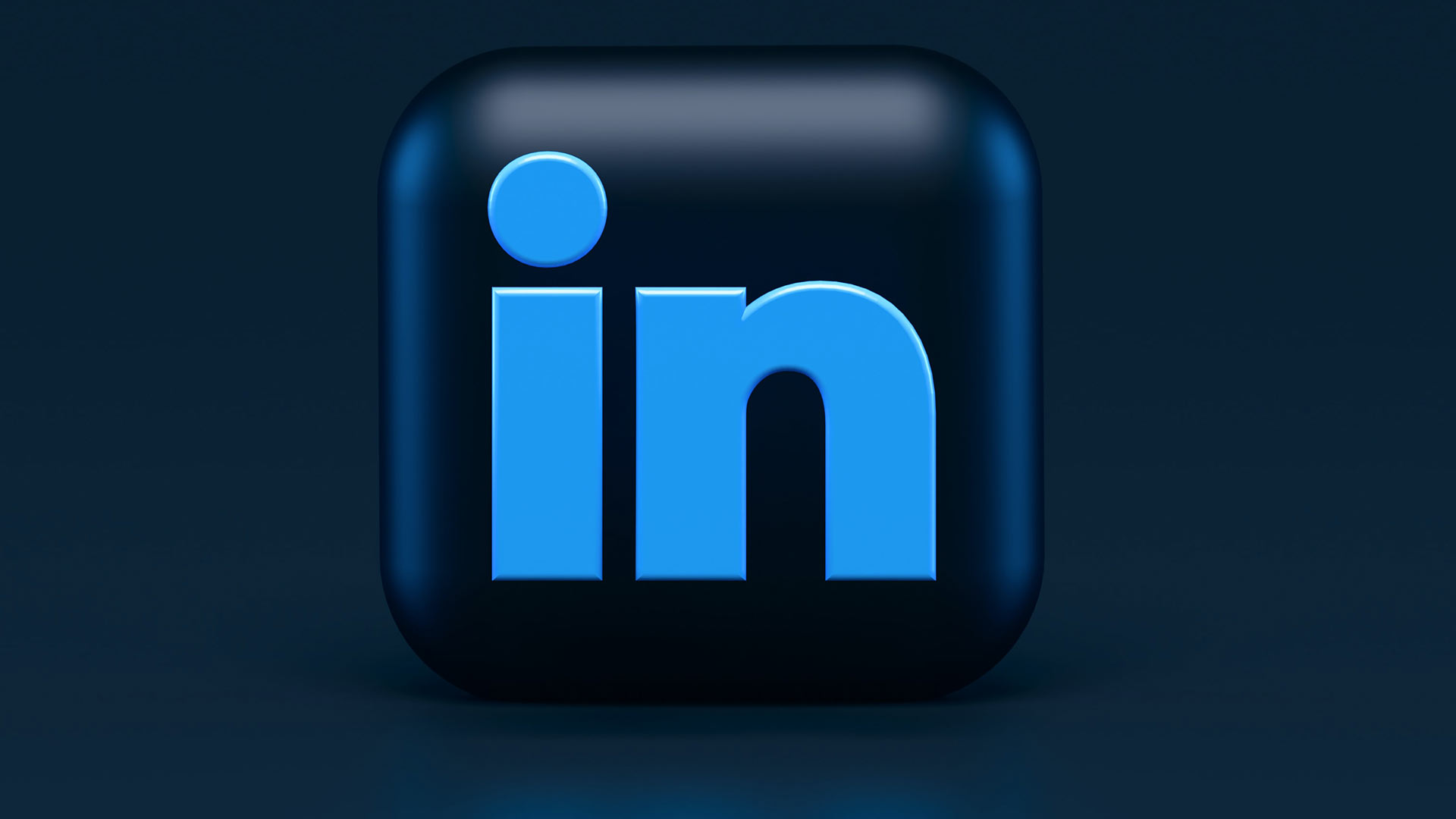If you have raving fans, it’s great to let potential leads know it! Customers take online reviews seriously, and the role it plays in consumer decisions continues to increase. Research from BrightLocal shows just how seriously potential customers take online reviews. 84% percent of buyers give online reviews the same weight in decision making as personal referrals.
Online reviews are now starting to eclipse referral-based business. as Northwestern University finds that consumers are 270% more likely to buy a product or service with 5 positive reviews than a product or service with no reviews. That’s hugely significant! In order to harness the power of these reviews, use them in your marketing efforts to increase consumer trust and boost sales.
Use Customer Reviews To Enhance Your Website SEO
There are a few ways to do this. The first is simply to embed the code for Google Reviews in your website so that Google Reviews. This is a good option if the majority of your reviews are positive. Google’s search engine algorithm will recognize the embedded rating system and is likely to rank your site more highly as a result.
The second way to utilize customer reviews is to include them on your website, either by using parts of the review text directly or by including graphics of the positive reviews on your site. (Don’t forget to change the alt text on these images so that they’re search-engine friendly) Google and Yelp hold a high trust cache with consumers, and citing positive reviews can help your brand leverage that trust.
Use Customer Reviews on Social Media
You may also have the advantage of. Keep an eye on videos or posts that tag your brand. If you have a social media manager, have them proactively research any posts where your product or service is tagged. They can use tools like BuzzSumo or Mention to help with this. If they come across a positive review, have your team DM the content creator to ask if the review can be used in marketing materials.
Some reviewers are happy to offer their thoughts gratis, while others work as part or full-time product influencers. Both types of social media reviews can be helpful to weave into your marketing strategy. Screenshots and re-posts of positive reviews can build brand awareness on multiple platforms.
Let Negative Reviews Spur Institutional Changes
Online reviews through Yelp and Google provide business owners with what they say they want most: anonymous feedback close to the point of sale. But business owners are also human, and harsh or negative reviews can leave a bad taste in anyone’s mouth. After you take some time to feel frustrated, see if you can find the kernel of truth in their words. The frustration may be about an inefficient process, an unhelpful team member, or a product flaw.
Rather than stew in frustration, take specific actions to address the issue. However, don’t revamp your entire process over one negative review. Reflect and ask your employees if they’ve also seen evidence of what the review mentions. If it comes up several times, it may be time to analyze and address a potential pain point.
Be Proactive about Interacting With Reviews
If you don’t have a Google My Business account or haven’t updated the account you have, you could be missing out on major opportunities to shape how your brand is perceived. One of these ways is by interacting with online reviews. Brands that interact with customers on Google cultivate a reputation for being proactive and conscientious. Plus, interacting with reviews often can allow you to pinpoint and identify possible customer needs or frustrations before they go viral.
In the world of online reviews, negative feedback begets negative feedback. It shouldn’t go unaddressed, or you may see more of it. Instead, if you see a review that’s unfair or lacking context, you can provide that in your response to an online review. You can also offer to make it right, which goes a long way in securing customer loyalty. It says to potential buyers, “Even if we make a mistake, we will correct our error.”
Need Help Utilizing Your Positive Reviews?
Our strategic, full-service marketing team can help you plan and deploy an innovative marketing approach to court customers and build brand loyalty. Contact Green Apple Strategy today to schedule a consultation. Our team is happy to sit down with you to discuss your marketing goals and how we can help you achieve each and every one of them.






